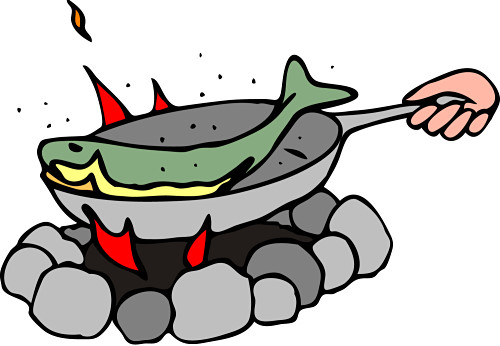
The Women’s Health Initiative Observational Study (WHI-OS), which involved 84,493 females aged 50-79 years old, analyzed data over a 10 year period on the effects of various forms of fish consumption and heart failure. At the start of this study none of the participants had heart disease.
Fish is well known as a food which enhances both physical as well as mental health. Fish oil is also reported to be a mental and physical nutrient which reduces disease development and mental deterioration. In evaluating fish and fish oil it would be natural to expect that positive outcomes would be observed and reported.
The study divided the consumption of baked or broiled fish into frequency catagories of less than 1 time per month; 1-3 times per month; 1-2 times per week; 3-4 times per week and greater than 5 times per week.
The study also observed the consumption of fried fish at the frequencies of less than one serving per month; 1-3 times per month and greater than 1 time per week.
The findings, however, were startling. The weekly consumption of 5 or more serving of baked or broiled dark fish, primarily salmon, mackerel and bluefish, was found to lower the risk of heart failure by an impressive 30%. While the consumption of fried fish, just 1 time or more per week, was associated to be related to a 48% increase in heart failure!
Another surprise within this study is that the assumption that taking omega-3 supplements will be as beneficial as eating fish. The study could not identify any significant change in cardiac failure rates that was associated with taking omega-3 supplements.
While the study came to no hard and fast conclusion of why the fried fish was so lethal, the thinking is that there must be some property to the oil when deep fried that creates the negative health affects. Another conclusion was that it appears better to eat fresh fish that is baked or broiled that to reply on fish oil supplements for heart health.
While this is a blow to those of us who love fish and chips, enjoying fish that is well cooked and healthy of our hearts is not a hard thing to get used to.
With all good wishes,
Georgianna
Copyright 2011 G. Donadio




